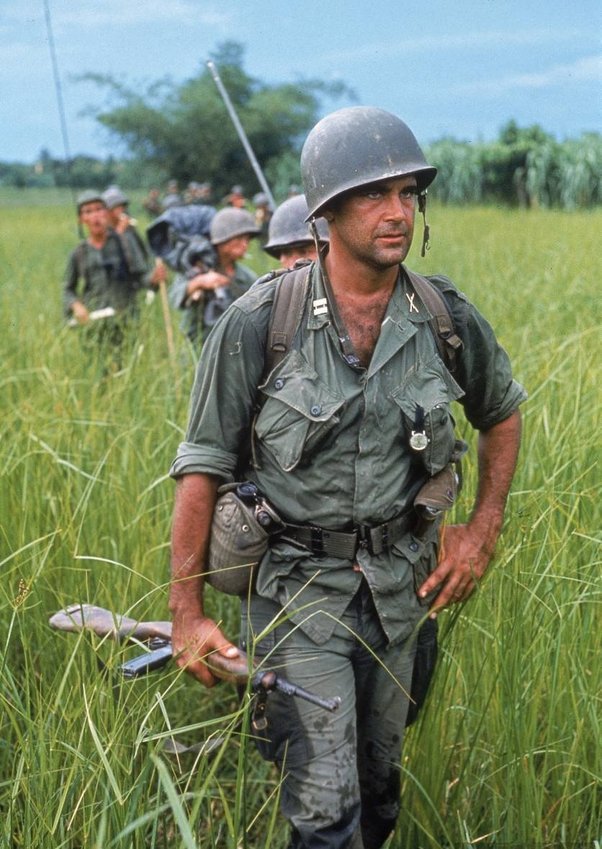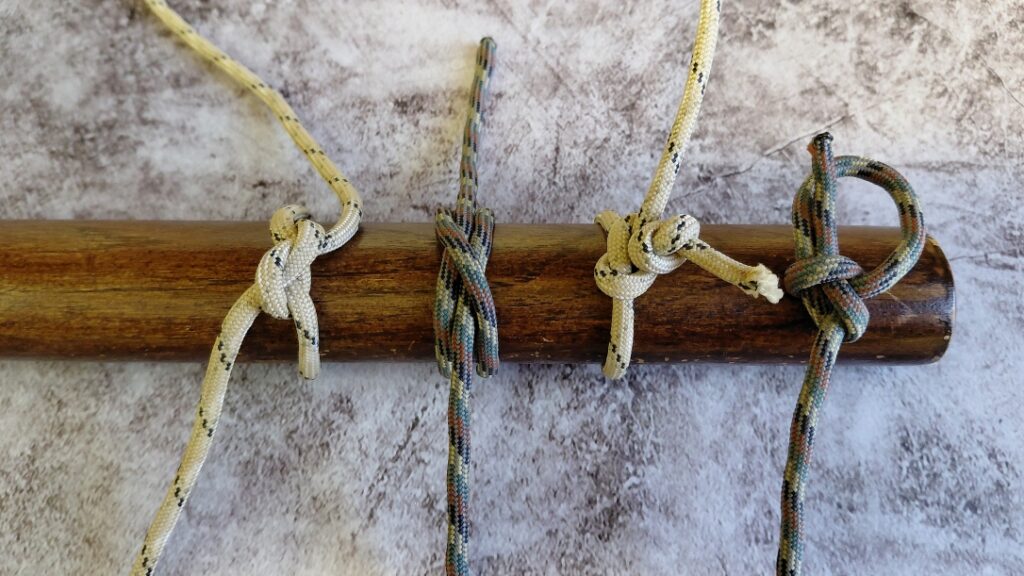Marketing in the gun world can be interesting. Some of it can be just normal. “Here is our gun and why it’s good.” Others can be cringy, and some can be crazy. CoughEAArevolverlegladycough. A lot of companies will invoke militaria names, especially if they are making retro-style firearms. For example, Inland Manufacturing makes something called the M1 Advisor. It’s an M1 carbine cut to pistol size without a stock.

It’s not the first M1 carbine pistol. Guns like the Enforcer were made in the 1970s. The M1 Advisor is an interesting name. Advisor to what? Or to whom? Why is it called that? Is there a history of Advisors carrying sawn-off M1 Carbines?
Advertisement — Continue Reading Below
As the curious type, I had to figure that out for myself. I dived deep into the world of sawn-off M1. The Advisor phrasing and the idea of shorty M1 Carbines came out of the Vietnam War. Vietnam might have been the war where the M14 and M16 had a rough start, but WWII wasn’t that far away from Vietnam, and plenty of WWII-era weapons landed in Vietnam.
The Advisor Carbine In Vietnam
Before the United States fully dedicated itself to the Vietnam War, it sent Advisors to help train the South Vietnamese military forces. The South Vietnamese also received tons and tons of World War II surplus weapons. This included piles of M1 and M2 carbines. The M1 Carbine turned out to be perfectly suited for the Vietnamese troops.

Advertisement — Continue Reading Below
Vietnamese soldiers tended to be smaller than Americans, and the short and light M1 Carbine fit them well. It’s also a shorter-than-average weapon for jungle warfare. By the time the war ended, the ARVN troops received a million and a half M1 Carbines. The first advisors detached from Vietnam in the era of the M14, but they tended to carry the M1 Carbine.
As advisors, they typically didn’t lead the charge but were in enough danger to warrant a weapon. The M1 Carbine and M2 Carbine were great for a multitude of reasons. For one, logistically, it made sense to carry the same weapon as your allies. Two, it likely helped team building to have an American carrying the same gun the ARVN carried.
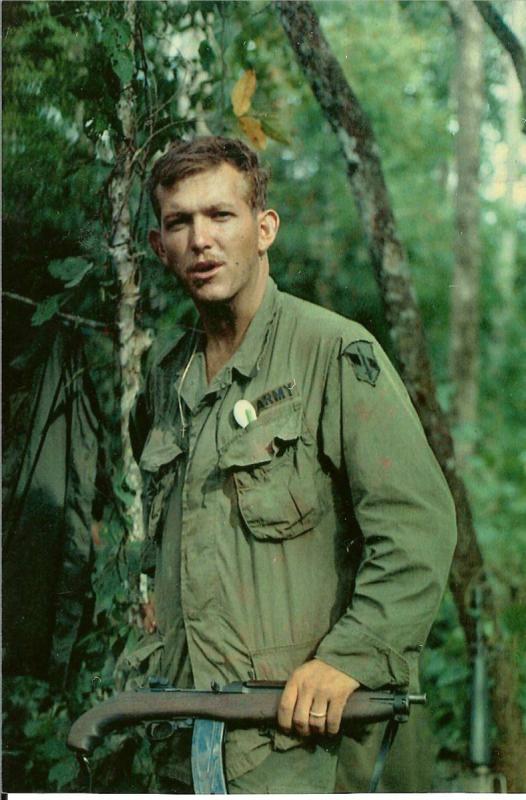
Advertisement — Continue Reading Below
There is evidence that some of these Advisors trimmed their guns down. Specifically, Leroy Thompson states in The M1 Carbine that some advisors did trim their barrels down to just in front of the handguard to make them more handy. This was more common with Americans attached to ARVN Ranger units. It didn’t seem to be standard practice, but it did occur.
The Other Sawn-Off M1 Carbines
The M14 and M16 ruled the Vietnam War as far as American rifles go, but plenty of American forces still carried the M1, M2, and even the M3 Carbine. The M3, in particular, was useful for its night vision optic and was employed in static defensive positions. Navy and Air Force personnel used the M2 and M1 Carbines during the war.
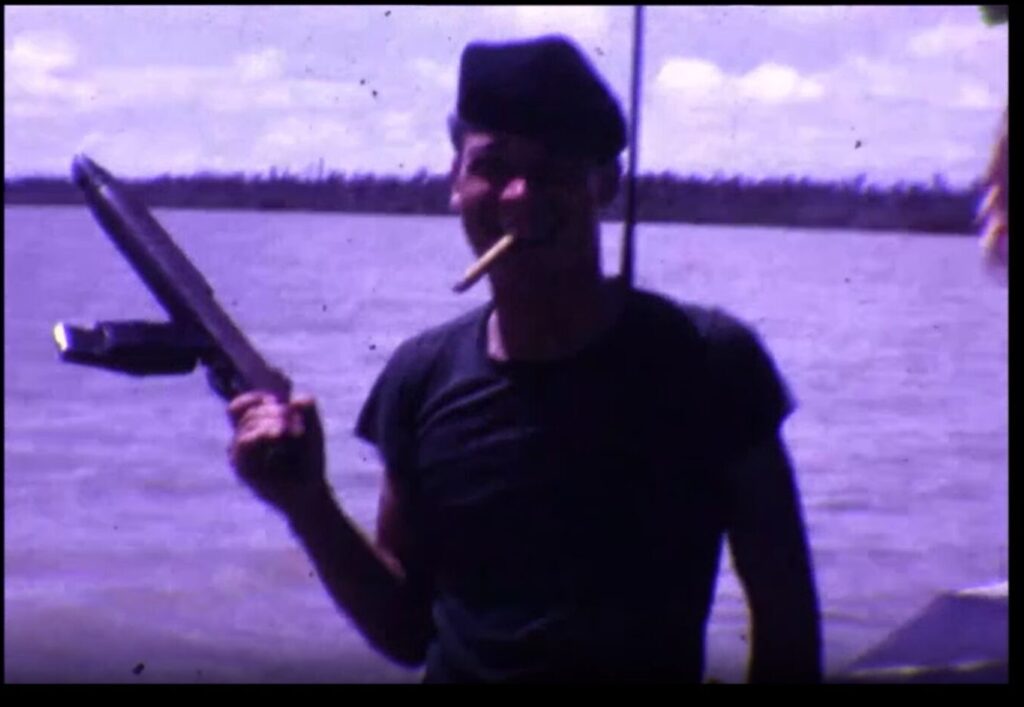
Advertisement — Continue Reading Below
Both Navy and Air Force personnel are less likely to be involved in direct ground fighting, and getting new weapons, like the M16, in their hands can be difficult. (Even though the Air Force kicked off the M16 adoption.) The M1 Carbine bounced around a lot with rear echelon troops and with troops like pilots who fought but not on the ground.
These troops also carried the sawn-off Advisor-style M1 Carbines. The M1 Carbine book states that pilots carried M1 Carbines. They were typically issued handguns and wanted more firepower. These pilot-ready M1 and M2 Carbines were cut down to better fit in helicopters. I found photos of sailors on patrol boats, mostly M16s, but also packing an M1 Carbine cut down to pistol length.
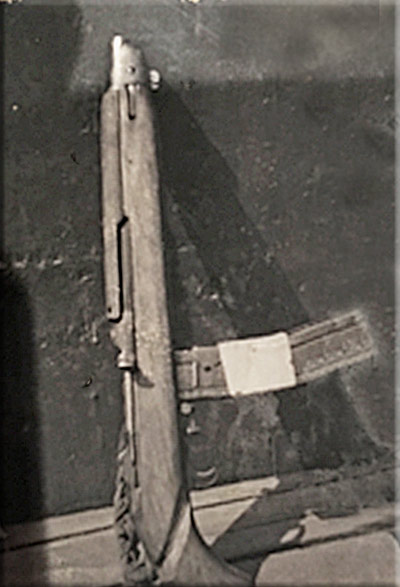
Advertisement — Continue Reading Below
On the opposite spectrum of rear echelon troops was MACV-SOG. MACV-SOG carried a wide variety of guns depending on what the mission required, and according to MACV-SOG member Frank Greco, they had at least one sawn-off M1 Carbine in their armory.
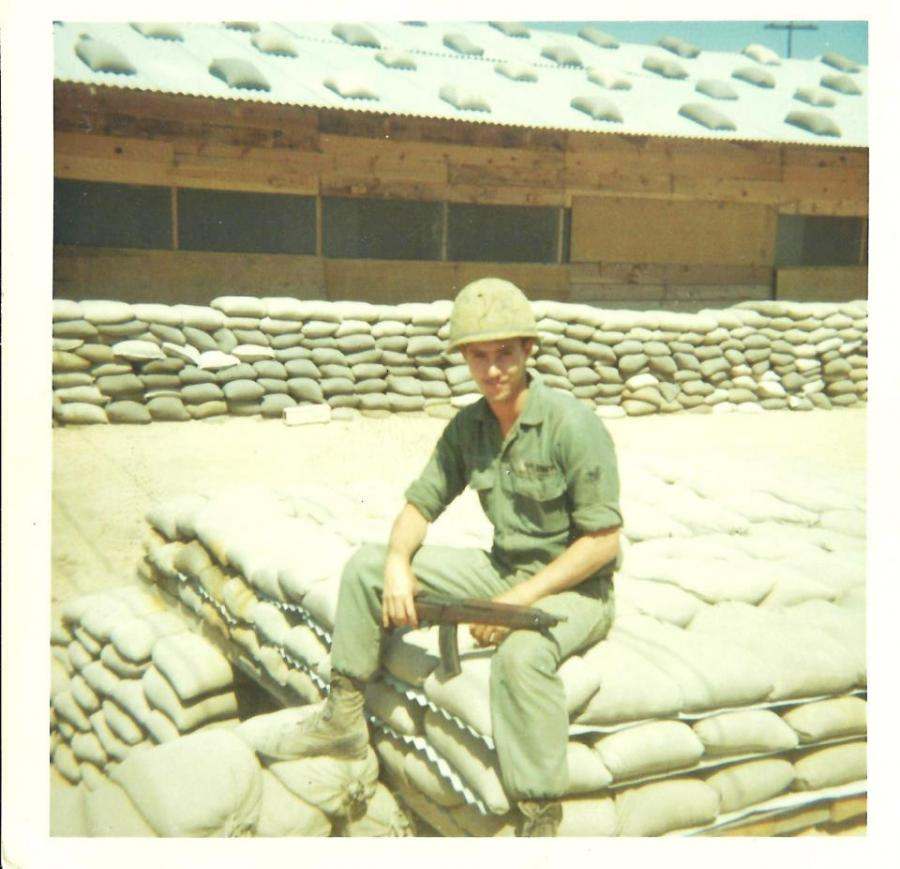
The Viet Cong and NVA were also fans of the M1 and M2 carbine rifles. They often trimmed them down to various sizes, including pistol-sized guns. These became popular insurgency weapons.
Advertisement — Continue Reading Below
The Advisor M1 Carbine
Yes, it existed, but not just with advisors. The gun was popular for cutting down and must have been reliable. Reliable, but I doubt they recrowned the barrels, so accuracy was likely a mess. It’s certainly a fascinating modification to a weapon at its prime in a war it was never designed to fight.
